In combat, weapons fly at any signs of weakness. Opportunity attacks represent moments of DnD 5E where someone makes a mistake and turns their attention away from someone else. These are crucial to make melee weapons impactful, and can quickly make a ranged attacker or caster’s turn a living hell.
However, the rules around opportunity attacks are vast, and there are a lot of caveats. There are also ways to improve this essential reaction, as well as ways to avoid them. If you are wondering what this reaction is, or want some ways to improve it, we’ve got you covered.
When to make an opportunity attack in 5E
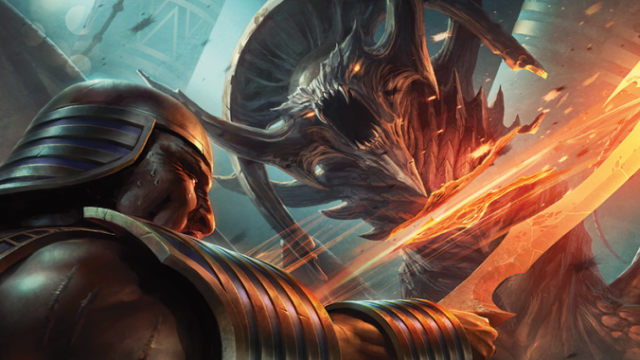
An opportunity attack spends the reaction of a creature to allow them to make an attack against a creature that triggers it. By default, you only can make these attacks against a creature that is leaving your threatened squares. The attack is a simple melee attack with a single weapon as if you took the Attack action without any Extra Attack.
Opportunity attacks represent a creature taking advantage of another who turns their back on them in combat. By default, this only occurs when a creature leaves another’s threatened squares. Moving within threatened squares does not trigger this attack.
Threatened squares refer to all of the squares that a creature can make a melee attack on another creature. For example, a Fighter with a Longsword threatens squares five feet away from themselves. If a Mind Flayer leaves adjacency to the Fighter by moving their speed, the Fighter can spend their reaction to make an attack of opportunity on the Mind Flayer.
A Barbarian with a Halberd, however, threatens squares five and ten feet away from themselves. So, the Mind Flayer who is adjacent to the Barbarian can move to any square adjacent to the Barbarian and squares 10 feet away. Once it moves 15 feet away, the Barbarian can spend their reaction to swing on it, since it left the squares that he threatens.
The attack occurs in the square that the target is trying to leave from. They are considered to be in that square until the attack resolves. If an effect stops their movement or forces them to move in a particular way—like the Battle Master’s Pushing Attack—they start their forced movement from there.
If an enemy would leave your line of sight while within your threatened squares, such as hiding behind a wall or burying underground, you don’t get an opportunity attack. By the rules, you only get this attack if they get outside of your reach. DMs might give this a pass if they want opportunity attacks to be more prevalent since it’s very difficult to make an attack against a gopher digging 30 feet straight downward.
By default, you can not make special melee attacks against targets, such as the Grapple or Shove actions. That’s because opportunity attacks are special in themselves and must be attacked with a weapon. If the weapon has alternative properties that occur when attacks land, then you’re set to apply those effects.
How to avoid opportunity attacks
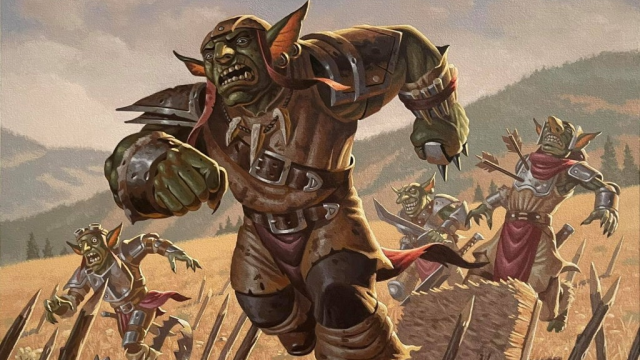
Opportunity attacks can deal massive damage during inopportune situations. But, you can avoid an opportunity attack by disengaging, an action specifically designed to make moving safe. You can also avoid this reaction by moving in ways that don’t involve speed, such as teleportation or forced movement.
Getting out of the range of threatened squares is no difficult feat. All characters have access to the Disengage action, which prevents opportunity attacks when activated, allowing you to move your speed to your heart’s content. Rogues and Monks have ways to Disengage as a bonus action, making things even easier.
However, there are plenty of ways to get out of standard threatened squares safely. The most common is by pushing or pulling the threatening foe. A Shove action is a good way to remove yourself from adjacency while putting the enemy in a potentially worse situation. Spells like Thunderwave or Gust of Wind on the threatening enemy can be helpful if your Athletics roll isn’t up to par.
Teleportation is a way to move without using your speed, making it helpful for disengaging more actively. Most enemies can’t stop teleportation, making spells like Misty Step a very safe method of removing oneself from a bad situation.
There are some abilities that prevent enemies from taking reactions or prevent reactions from triggering based on movement. For example, the Stunned condition prevents reactions entirely, therefore removing the chance that the enemy can make an attack while you leave. The spell Ashardalon’s Stride specifically says that your movement doesn’t provoke opportunity attacks. The Mobile feat lets you avoid opportunity attacks against anyone you attack, letting you scoot away after you take an action.
Finally, vision is important for opportunity attacks. Using spells like Darkness to block a line of sight prevents a creature from targeting you. Since they can’t see you, they can’t threaten you with melee. However, you need to block every precise sense the creature has if you want to avoid that opportunity attack.
Some abilities don’t prevent this reaction. Instead, they provide a disadvantage to these types of attacks. The Hunter’s Escape the Horde feature does this.
What can you add to an opportunity attack?—explained
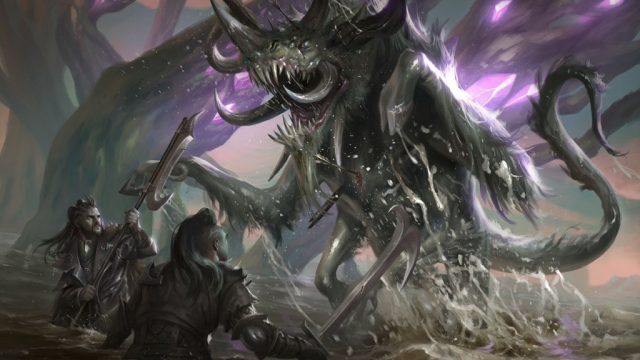
This reaction might be limited to just melee weapon attacks, but you can add most effects that apply when an attack lands to an opportunity attack. In general, as long as the feature or ability requires a hit with a weapon attack and does not require the Attack action, it can apply to an opportunity attack. The most prevalent examples of this are the Paladin’s Divine Smite feature and the Rogue’s Sneak Attack.
The Divine Smite of the Paladin is by far the most terrifying aspect of opportunity attacks. If your foe isn’t careful, the Paladin can spend spell slots to make them endure a lot of pain.
The Rogue’s Sneak Attack is a bit harder to pull off. In order for the Rogue to get their extra d6s, their target would have to qualify for Sneak Attack the moment they leave the Rogue’s threatened squares. So, the Rogue would need an advantage or an adjacent ally to get it—given that they aren’t something like a Swashbuckler.
Some classes can use this caveat to really mess with someone’s turn. A Monk can Stunning Strike someone as they leave, for example, and apply the Stunned condition. That will stop the rest of the target’s turn since they get a condition that prevents them from taking actions or moving until the end of the Monk’s next turn.
However, other classes can’t use their special abilities. The Battle Master, for example, can use Maneuvers like Disarming Attack or Menacing Attack when they make an opportunity attack, but can’t use Commander’s Strike, since that requires the Attack action.
Feats to improve opportunity attacks
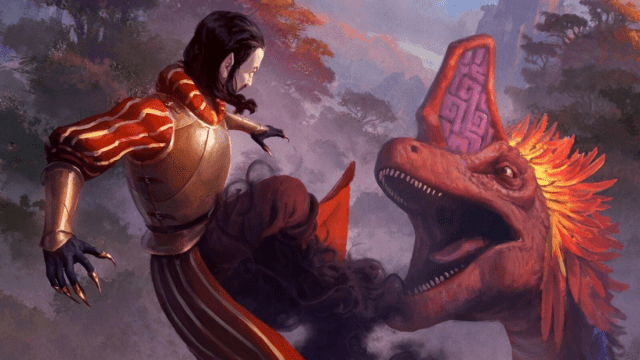
There are a handful of feats that are great for opportunity attacks. The Sentinel, Polearm Master, Mage Slayer, and War Caster are the big three that adjust how a character can use these attacks.
- Sentinel is a feat designed around opportunity attacks. It lets you ignore Disengage, allows you to lower a target’s speed to zero when you land this attack, and allows you to make weapon attacks when a creature attacks someone other than you nearby.
- Notably, this feat only stops Disengages, not other effects that prevent opportunity attacks, such as Ashardalon’s Stride.
- Mage Slayer allows you to basically make opportunity attacks when someone next to you casts a spell. This is one of the few ways to swat people trying to teleport away from you. It also gives the caster disadvantage on concentration checks and gives you advantage to save against the spell they’re casting.
- Polearm Master allows a player who is wielding a polearm to, whenever a creature enters their threatened range, make an opportunity attack. This is a much more common source of opportunity attacks since all melee characters will have to approach you eventually. Glaives and Halberds make it difficult for foes to approach.
- War Caster allows the benefactor to cast a spell when they provoke an attack of opportunity from you. A 4d12 Shocking Grasp can be painful, but this feat also lets you cast something like Hold Person or Banishment.
Class features that improve opportunity attacks
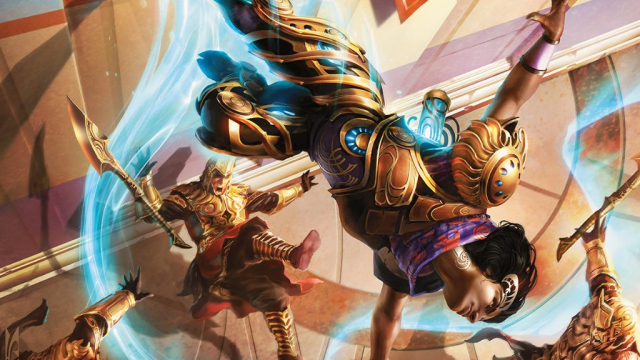
Very few class features focus heavily on opportunity attacks. Those classes tend to be durable front liners that have a big focus on holding the line. However, anything that lets you deal extra damage on attacks can make your opportunity attack more effective through fear tactics, such as a Ranger’s Hunter’s Mark or Barbarian’s Rage damage bonus.
There are precious few options for optimizing this reaction. However, the strongest one is the Cavalier. This Fighter archetype is the archetypal hold-the-line type of build. Level 10 for this class allows enemies to provoke attacks when nearby, and buff opportunity attacks by stopping movement while within your reach. At level 18, the Vigilant Defender ability allows the Fighter to gain an extra reaction every turn, dedicated solely to opportunity attacks.
The Cavalier doesn’t have a monopoly, thankfully. The Echo Fighter’s Echo can make opportunity attacks for them, potentially making fights a bit more gummy through well-placed threaten squares. The Oath of Vengeance Paladin doesn’t get more opportunities to make opportunity attacks but instead buffs these reactions by moving immediately afterward. The Shadow Sorcerer’s Hound of Ill Omen also can make these opportunity attacks, though only against its specified target. Any class that can summon, like the Beastmaster, behaves similarly.
Notably, some class features allow a creature to make an attack as a reaction without calling it an opportunity attack. For example, the level 17 Way of Shadow Monk feature Opportunist allows you to make a melee attack against a creature that is hit by a creature that isn’t you. Since this attack is not labeled an opportunity attack, it does not benefit from any feats, properties, or abilities that might improve opportunity attacks.


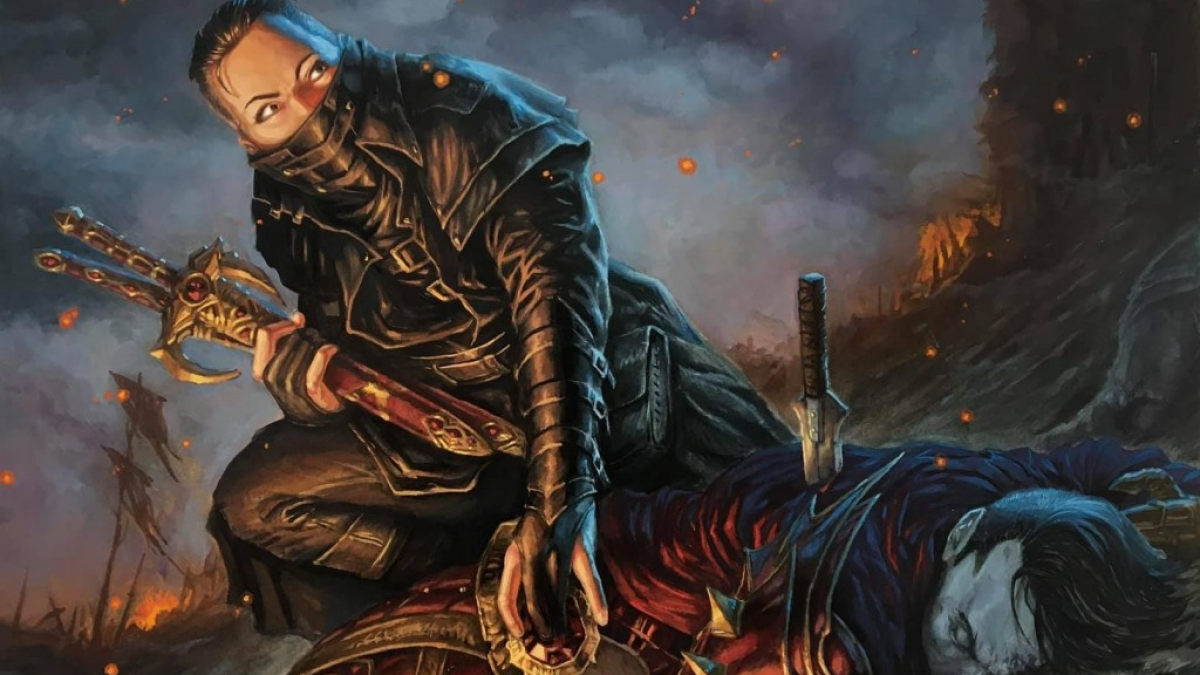



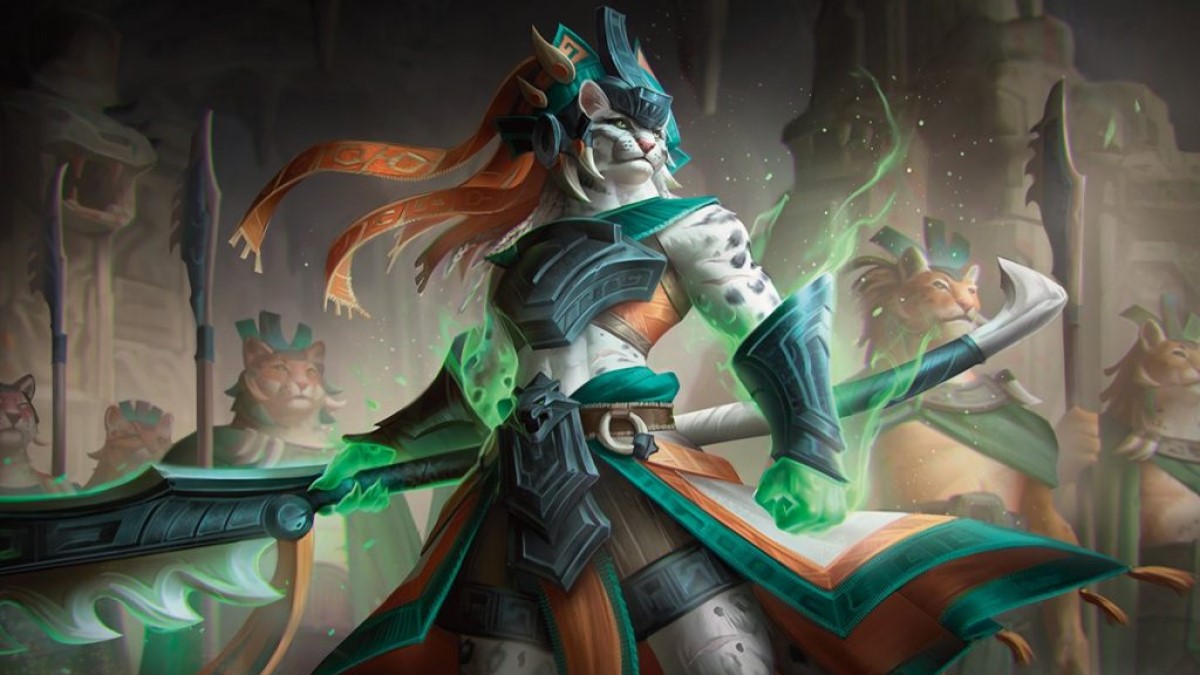
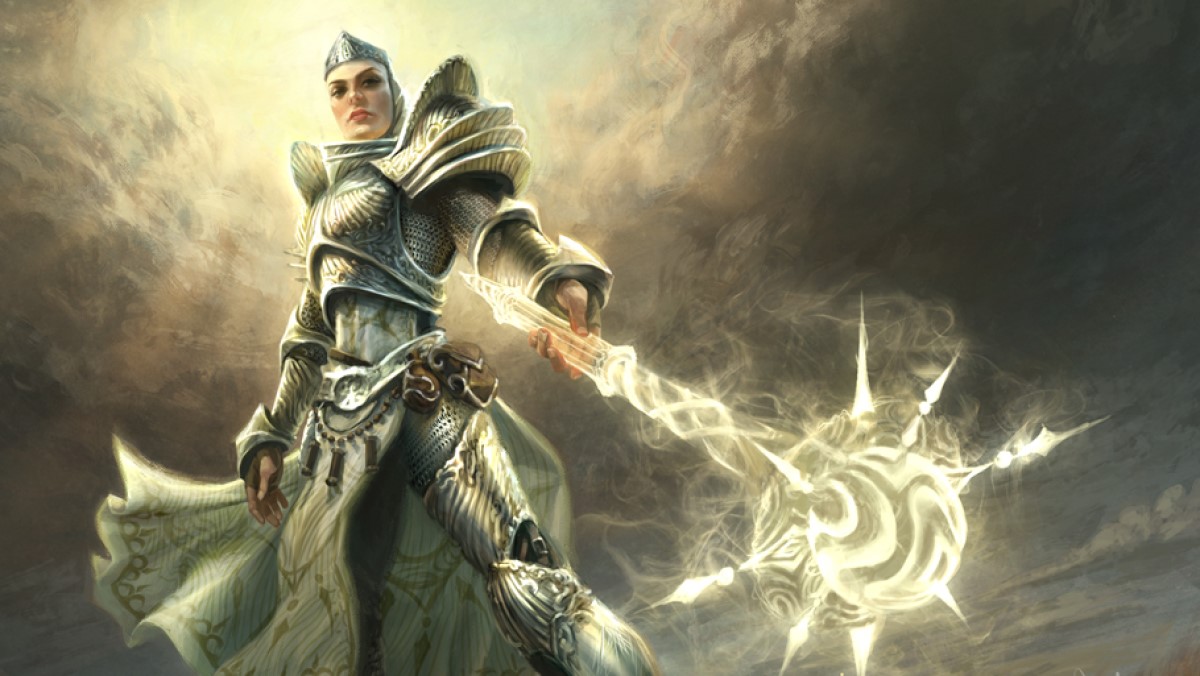




Published: Nov 7, 2023 07:05 am